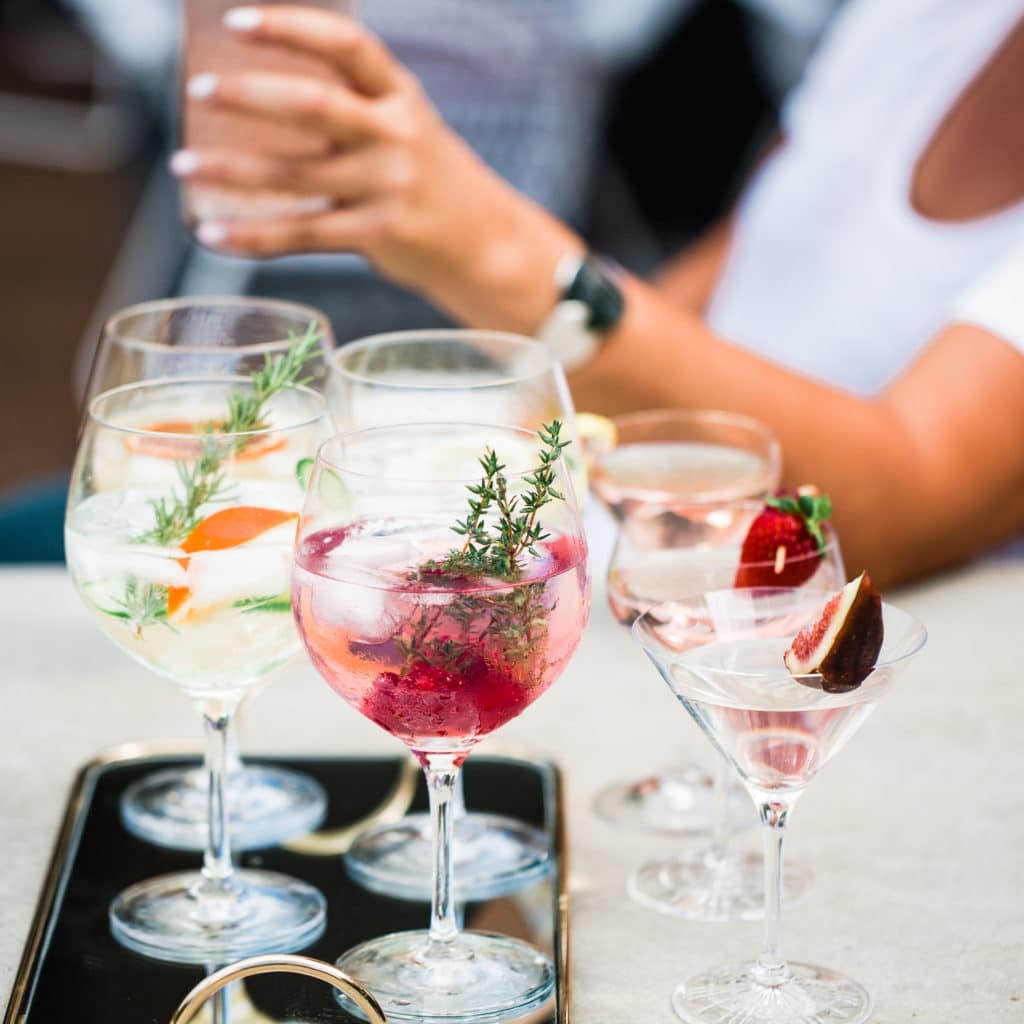Blog
The Most Popular Australian Styles of Gin
Gin is one of Australia’s most adored white spirit. It is complex by nature yet can be so simple and refreshing when paired with a good tonic. It is also the single most popular ingredient in a cocktail. But what exactly is gin?
Gin is created when you take a spirit and incorporate botanicals, and one of those botanicals must be juniper.
In Australian there are laws around the labelling of spirits as whisky, or rum, but strangely there are no laws in Australia around the label ‘gin’. European law prescribes that you can only call it gin if it has a minimum 37.5% ABV, the main flavouring must be juniper, and last but not least, it’s base alcohol must always be made from something natural such as wheat, barley, rye, molasses, potatoes or grapes.
On top of this ‘legal’ gin definition, there are different types of gins. The most well known being the London Dry. A bit of a Google search will show that there are actually quite a few different types, but as Gintonica only works with 100% Australian gin, we thought we would stick with the most popular gin styles in Australia.
London Dry Gin
Firstly, the term ‘dry’ basically means that it is not sweet as with the wine industry. Despite its glaringly obvious title a London Dry gin doesn’t actually have to be made in London. It is in the way it is made that earns it the title of London Dry. So, in fact it is not a flavour, but a production method. Many Australian Craft Distillers use the London Dry production method, but their gins can taste nothing like a London Dry flavour.
We recommend: Hickson Rd London Dry Gin
Australian Botanical Gin
We are proud that the gin production in Australia is so good that it has earned its own style. Australian Dry Gin is made with Australian native botanicals. Think finger lime, lemon myrtle for citrus tones, cinnamon myrtle, and Tasmanian pepperberry for spices. Even seaweed and ants have been added to some of our fabulous home grown gins.
We recommend: Anther Geelong Dry Gin
Contemporary Gin
Contemporary gin focuses on new & original flavours often with only a hint of the dry juniper character. This new category of gin was identified in 2009 by Ryan Magarian, founder of Aviation Gin – way before Ryan Reynolds jumped on board. The emergence of this new category has opened up a whole new world of gin enabling distilleries to experiment with a seemingly endless range of ingredients, new techniques, and particularly novel botanicals including green ants, Asian botanicals, tropical fruits, the ocean and even cut grass.
We recommend: Four Pillars Spiced Negroni
Navy Strength Gin
Any gin that has an ABV of 57% or higher can be classified as Navy Strength Gin. The extra alcohol tends to pack a punch and can be described as a bolder expression of a London Dry gin. The higher ABV means that more botanicals can be incorporated and then released when tonic or soda is added. The texture of the gin is richer & warmer too. You may find that navy strength gin is ‘dryer’ as well, so if you love a dry martini this style will really suit you.
We recommend: Larrikan Buccaneer Gin
Barrel-Aged Gin
Gins are aromatic, refreshing, dry and light compared to whisky, bourbon and other dark spirits aged in wood, but why not try it with Gin? These Gins are more like a young whiskey, depending on the barrels used. Australian Craft Gins have some great examples. Mostly starting with the distiller’s regular Gin, they then spend weeks or months resting in oak barrels formerly used to age whisky, wine and sherry. The wood yields surprisingly complex results. The wood tones down the intensity of the juniper, and adds notes of vanilla, caramel and baking spices. This is the kind of gin you would drink neat or poured over a few chunks of ice
We recommend: West Winds Sur-lie Gin or try a hand picked selection with the Gintonica Barrel Aged Gin Pack
Pink Gin
Technically pink gin was a cocktail first. It all started with a German doctor, Johann Siegert who invented Angostura Bitters as a tonic to treat stomach ailments. This medicine made its way to the navy boats where sailors would add a big splash of gin to make it more palatable. Doing this gave the medicine a soft blush. It grew in popularity across the world and it evolved into a cocktail called, you guessed it, Pink Gin.
Today pink gin is a style all of it’s own. It is made exactly the same way as other gins with a few more additions included post-distillation. The pink colour in this gin derives from the infusion of ingredients such as strawberries, raspberries, rhubarb, grape skins, rose petals, spices, bitters or colouring to create the pink hue.
We recommend: Bass & Flinders Cerise Gin or try a selection of handpicked pink gins with the Gintonica Pink Ginsperation Pack
Infused or Flavoured Gin
A great example of this style is ‘Sloe Gin’. Sloe berries are soaked in the Gin after distilling, giving it a fruitiness and colour. With infused gins, the specific botanicals are added after the gin is made and left for some time. The beauty of this process is that anything can be added such as raspberries, flowers, shiraz grapes or truffles and you can even do it yourself at home.
We recommend: Wolf Lane Davison Plum Gin
If you would like to purchase any of our recommended gins here, please CLICK HERE and use code GINSTYLES10 to receive 10% off any bottles in our online bottle shop

